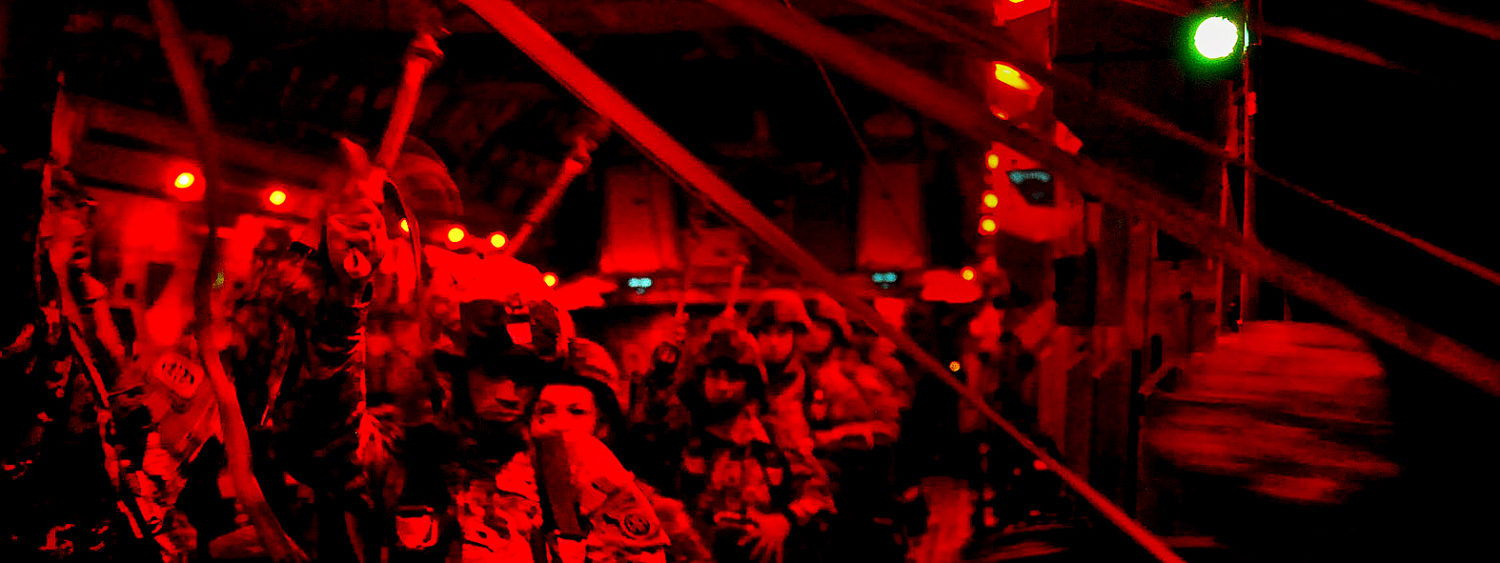When managed correctly, Army Attack Aviation represents the most flexible and powerful combat multiplier a Division Commander can direct to any area of operations. Unlike a counterinsurgency fight, attack aviation in a decisive action training environment must be conserved to affect the fight in accordance with the friendly scheme of maneuver in a synchronized manner. Most often, this implies employing attack aviation, en masse, as a maneuver element to destroy significant enemy capabilities. Whether committed to weight the main effort, employed as a separate maneuver formation as an economy of force or in the deep area, Commanders must specifically focus how attack aviation elements are employed. Today, our attack aviation companies can provide additional capabilities, unheard of during the counterinsurgency days of the early 2000’s. Yet, our ability to employ those capabilities is dependent upon a unit’s ability to train them effectively at home station.










